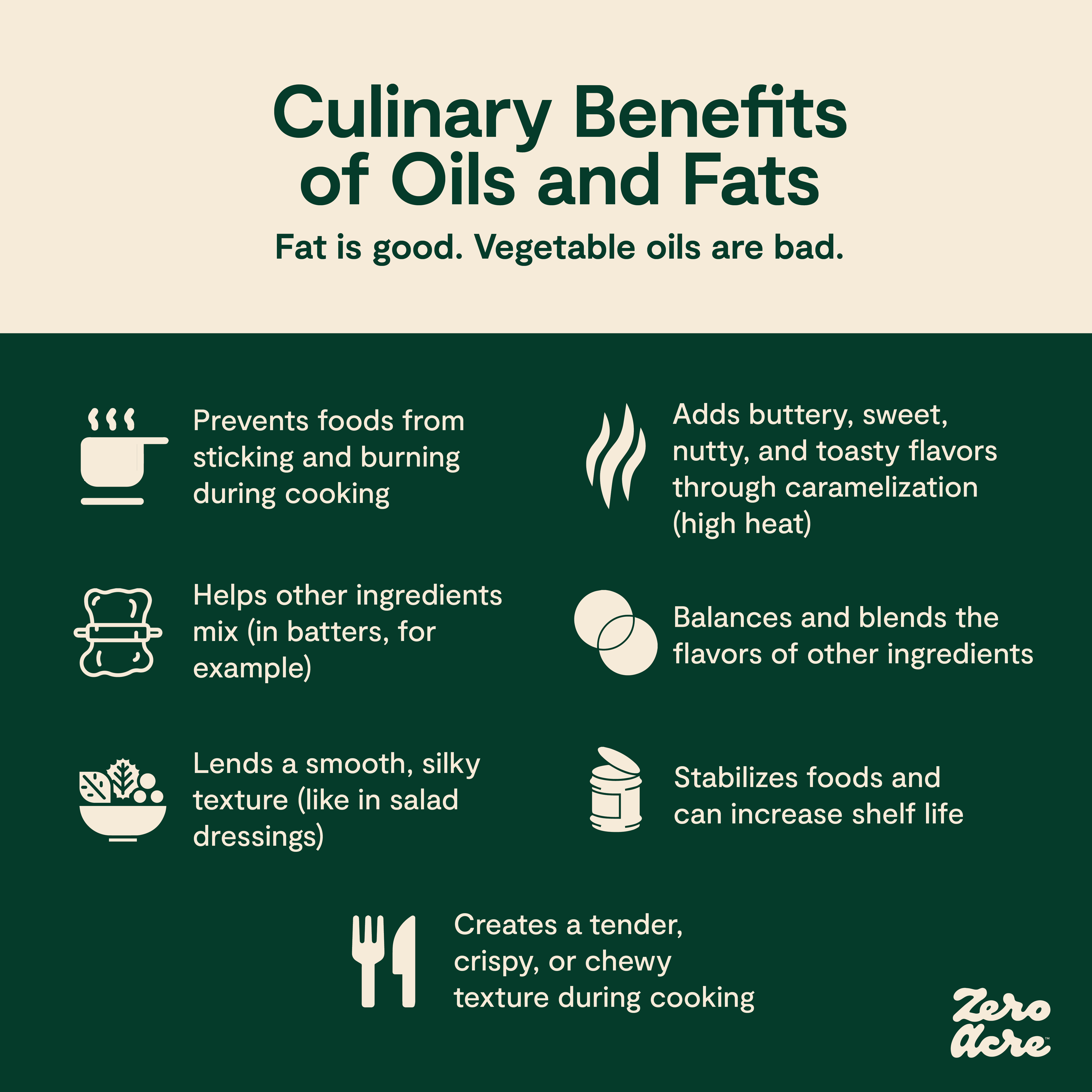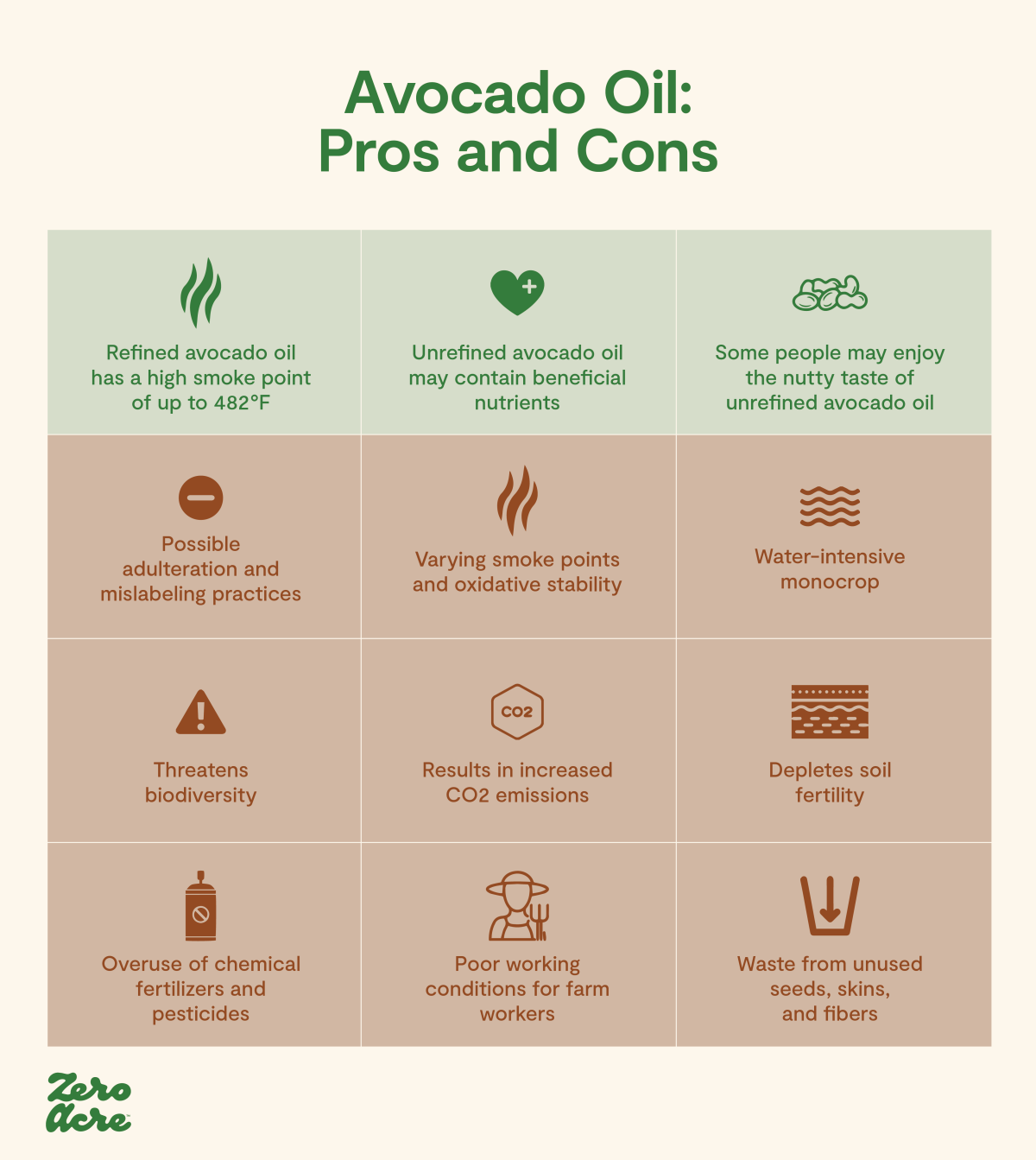Understanding the Problem: Why Replace Canola Oil?
Have you ever reached for your bottle of canola oil, only to find it empty? Or maybe you’re wondering if there’s a healthier or more sustainable option for your favorite recipes. Actually, many home cooks and professionals alike are asking, what can I use in place of canola oil for frying, baking, or salad dressings? The reasons vary—dietary restrictions, allergies, health concerns, or simply running out at the wrong moment.
Canola oil’s popularity comes from its neutral flavor, high smoke point, and affordability. However, it is worth noting that some people are wary of its processing methods or omega- fatty acid content. Therefore, exploring alternatives isn’t just about necessity; it’s also about making informed choices for your health and taste preferences.
Popular Alternatives: Grapeseed, Vegetable, and More
When you ask, what can I use in place of canola oil, several options come to mind. Let’s break down the top contenders and see how they stack up.

Grapeseed Oil
Grapeseed oil is a favorite substitute for canola oil. It has a high smoke point and a mild, almost neutral flavor, making it ideal for sautéing, frying, and baking. Grapeseed oil is also rich in polyunsaturated fats and vitamin E, which may support heart health and reduce inflammation. In fact, a study of overweight women found that grapeseed oil consumption improved inflammatory markers and insulin resistance.
Vegetable Oil
Vegetable oil is another easy swap. It’s widely available, affordable, and has a similar neutral taste and smoke point as canola oil. Most vegetable oils are blends, often including soybean, sunflower, or corn oil. For most recipes, you can use vegetable oil in a 1: ratio as a direct replacement for canola oil.
Olive Oil
Olive oil, especially extra virgin, is prized for its flavor and health benefits. While it has a lower smoke point than canola oil, it’s perfect for dressings, light sautéing, and baking. Olive oil is high in monounsaturated fats and antioxidants, which have been linked to reduced heart disease risk.
Avocado Oil
Avocado oil is gaining popularity for its high smoke point (up to 520°F) and mild flavor. It’s loaded with monounsaturated fats and vitamin E, making it a healthy alternative for high-heat cooking and grilling.
Coconut Oil
Coconut oil is unique due to its saturated fat content and tropical flavor. Refined coconut oil has a high smoke point and works well in baking or frying, especially in recipes where a hint of coconut is welcome. However, use it in moderation if you’re concerned about saturated fat intake.
Case Study: Real-World Substitution in Action
In our team’s case, we found ourselves prepping for a big family dinner when we realized the canola oil was gone. We decided to use grapeseed oil for frying chicken and olive oil for the salad dressing. The results? The fried chicken came out crispy and light, while the salad had a richer, more robust flavor thanks to the olive oil. Interestingly, even the pickiest eaters at the table didn’t notice the swap, and some even preferred the taste!
This hands-on experience shows that knowing what can I use in place of canola oil isn’t just theoretical—it can save the day in real kitchens.
Comparison Analysis Table: Grapeseed Oil vs. Vegetable Oil
| Project A: Grapeseed Oil | Project B: Vegetable Oil |
|---|---|
| High smoke point (approx. 420°F) | High smoke point (approx. 400°F) |
| Light, neutral flavor | Neutral flavor |
| Rich in vitamin E and polyunsaturated fats | Often a blend, may contain more omega-6 |
| May help reduce inflammation | Widely available, affordable |
| Less common in stores, slightly pricier | Very common, budget-friendly |
Counterintuitively, while both oils are suitable substitutes, grapeseed oil offers more antioxidants, but vegetable oil wins in terms of accessibility and price.
Step-by-Step Guide: How to Substitute Canola Oil
- Identify the Purpose: Are you frying, baking, or making a dressing? The best substitute depends on the method.
- Choose Your Substitute: For high-heat cooking, opt for grapeseed, avocado, or vegetable oil. For salads or low-heat, olive oil shines.
- Measure Correctly: Use a 1: ratio when replacing canola oil with most alternatives.
- Consider Flavor: If you want a neutral taste, stick with grapeseed or vegetable oil. For richer flavor, try olive or coconut oil.
- Monitor Cooking Temperature: Check the smoke point of your chosen oil to avoid burning or off-flavors.
- Test in Small Batches: If you’re unsure, try the substitute in a small portion of your recipe first.
For instance, when baking muffins, I once swapped canola oil for avocado oil. The muffins turned out just as moist, with a slightly richer texture.
Common Misconceptions About Oil Substitutes
Note: Not all oils are created equal. Some believe any oil can replace canola oil without issue. However, oils differ in smoke points, flavors, and nutritional profiles. For example, using extra virgin olive oil for deep frying can result in a burnt taste, while coconut oil might overpower delicate baked goods. Always match the oil to your cooking method and desired flavor.

Health and Nutritional Considerations
When thinking about what can I use in place of canola oil, health is a major factor. Grapeseed oil contains more vitamin E than many other oils, supporting immune function and skin health. Avocado oil is packed with heart-healthy monounsaturated fats, while olive oil is linked to lower cardiovascular risk. However, it is worth noting that some oils, like peanut or coconut, are higher in saturated fats or may trigger allergies.
According to recent data, the average tablespoon of grapeseed oil contains calories, 13. grams of fat, and zero cholesterol. Vegetable oil typically matches these numbers, but its omega- content can be higher, which some experts suggest balancing with omega-3-rich foods.
Practical Tips and Colloquial Insights
So, what can I use in place of canola oil when I’m in a pinch? Honestly, it depends on your pantry and your recipe. If you’re frying up some chicken, grapeseed or avocado oil are solid picks. For a salad, olive oil adds a burst of flavor. And for baking, vegetable oil or even applesauce can work wonders.
If you’re feeling adventurous, try coconut oil for a tropical twist in cakes or cookies. Just remember, a little experimentation can lead to delicious surprises—or the occasional kitchen flop. That’s part of the fun!
Frequently Asked Questions
Can I use butter instead of canola oil?
Yes, melted butter can replace canola oil in baking for a richer flavor, though it will add saturated fat.
Is it safe to use olive oil for frying?
Light or refined olive oil can be used for frying, but extra virgin olive oil is best for low-heat cooking or dressings due to its lower smoke point.
What’s the healthiest substitute for canola oil?
Avocado oil and olive oil are often considered the healthiest due to their high monounsaturated fat content and antioxidant properties.
Conclusion: Making the Best Choice
To wrap up, knowing what can I use in place of canola oil opens up a world of culinary possibilities. Whether you’re after better nutrition, a new flavor, or just a quick fix, there’s an oil out there to suit your needs. Remember to consider the cooking method, flavor profile, and health benefits of each alternative. With a little know-how, you’ll never be stuck without a great substitute again.
For your next cooking adventure, keep a bottle of grapeseed, olive, or avocado oil handy. You might just discover a new favorite!




